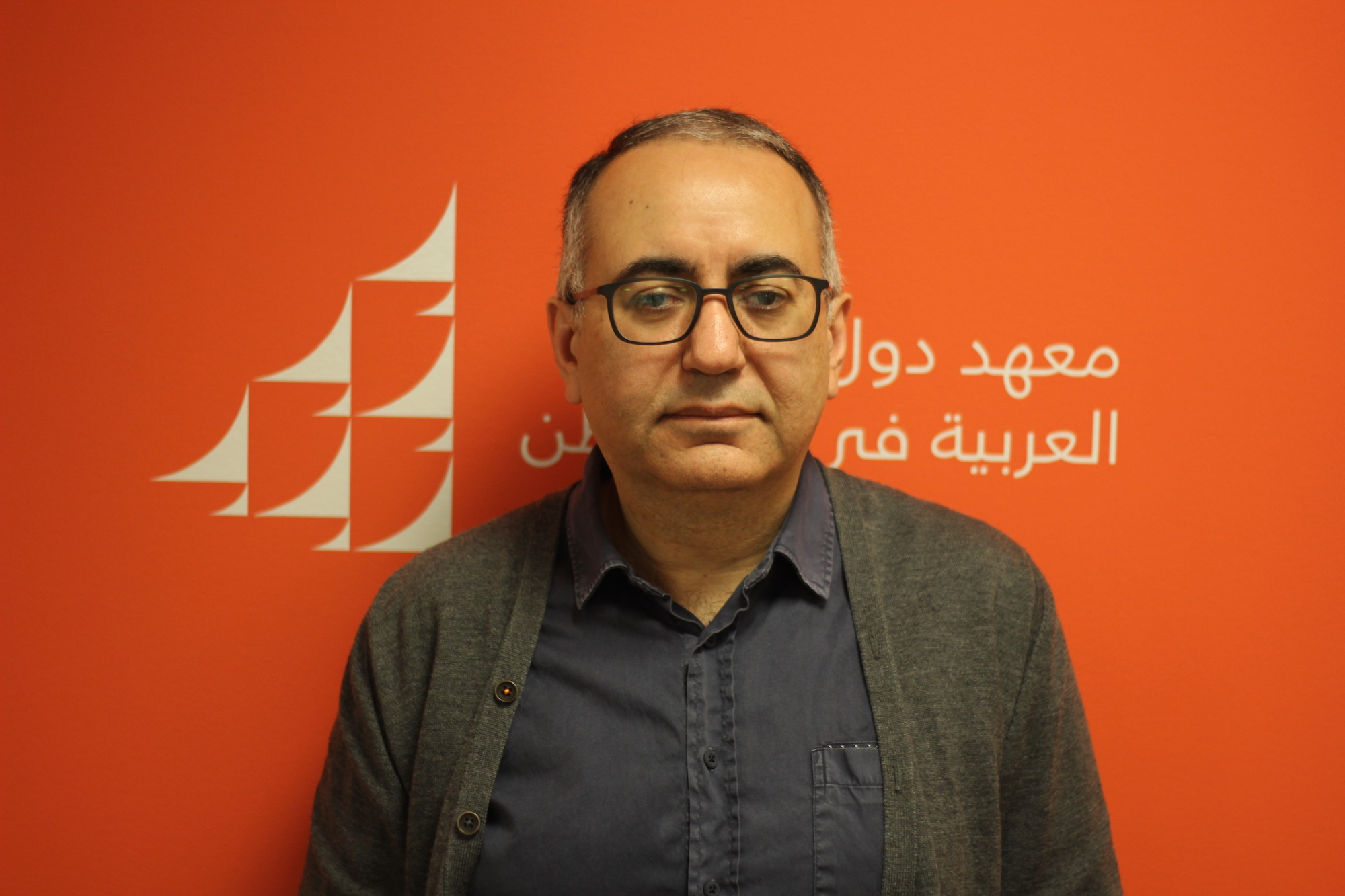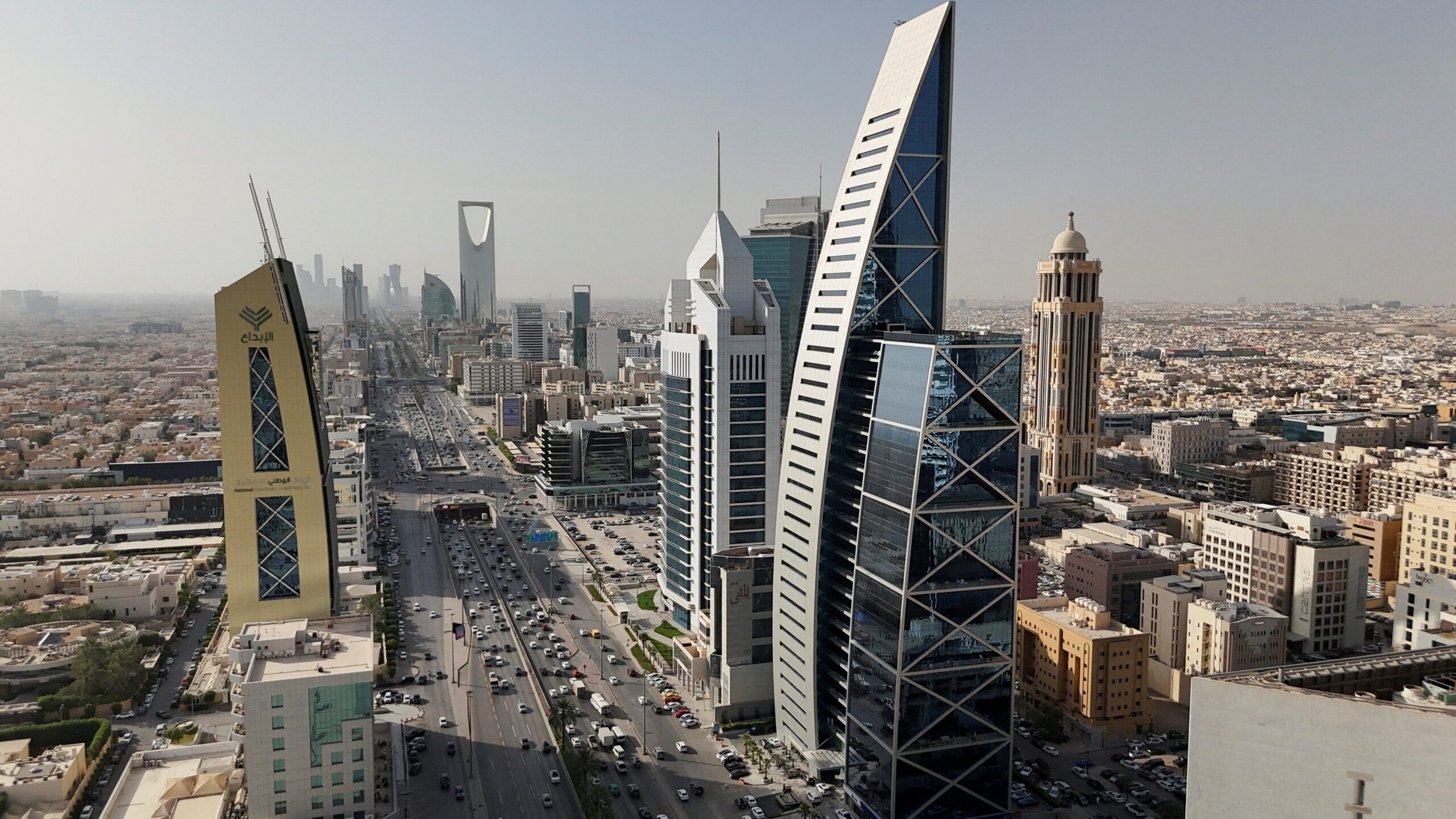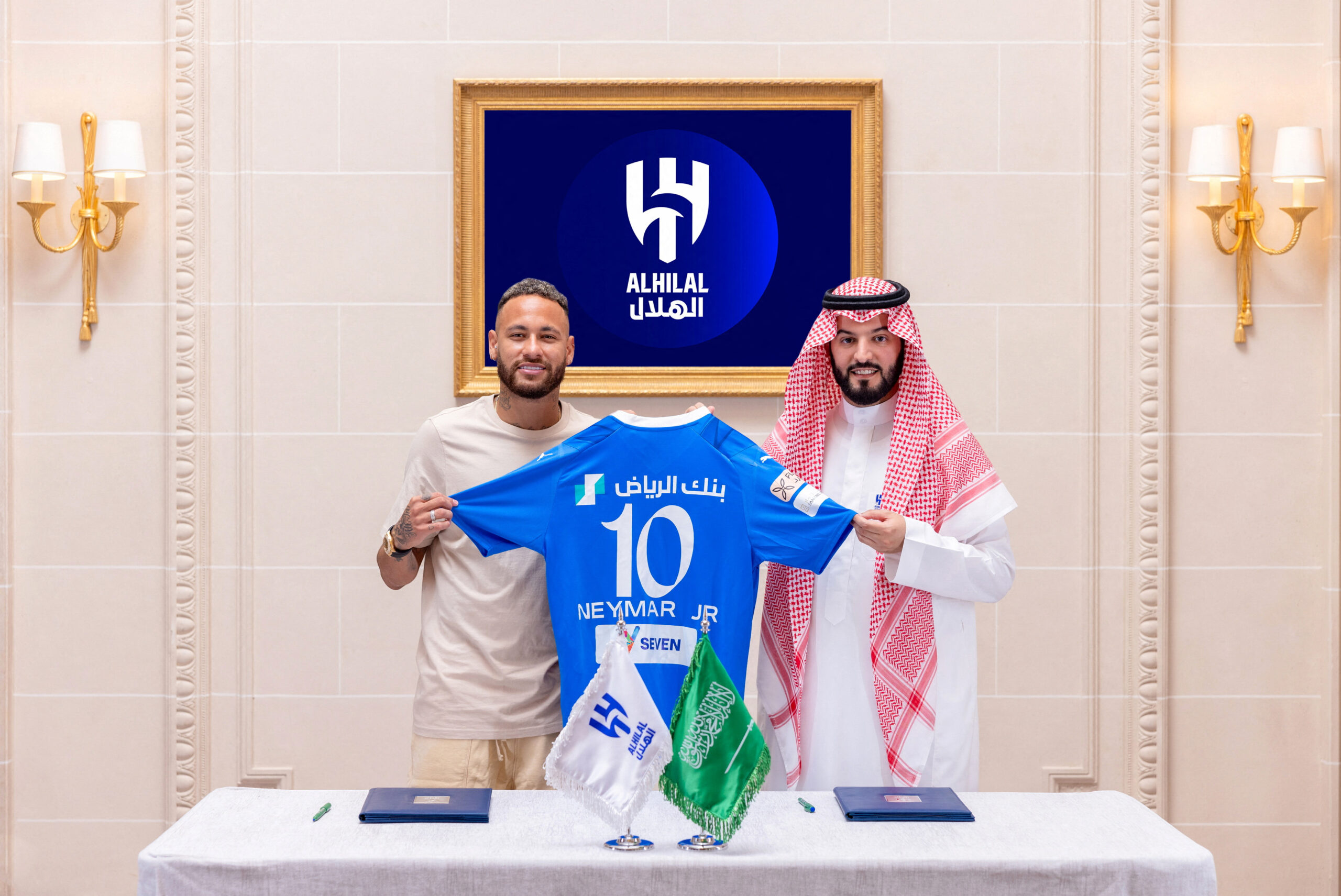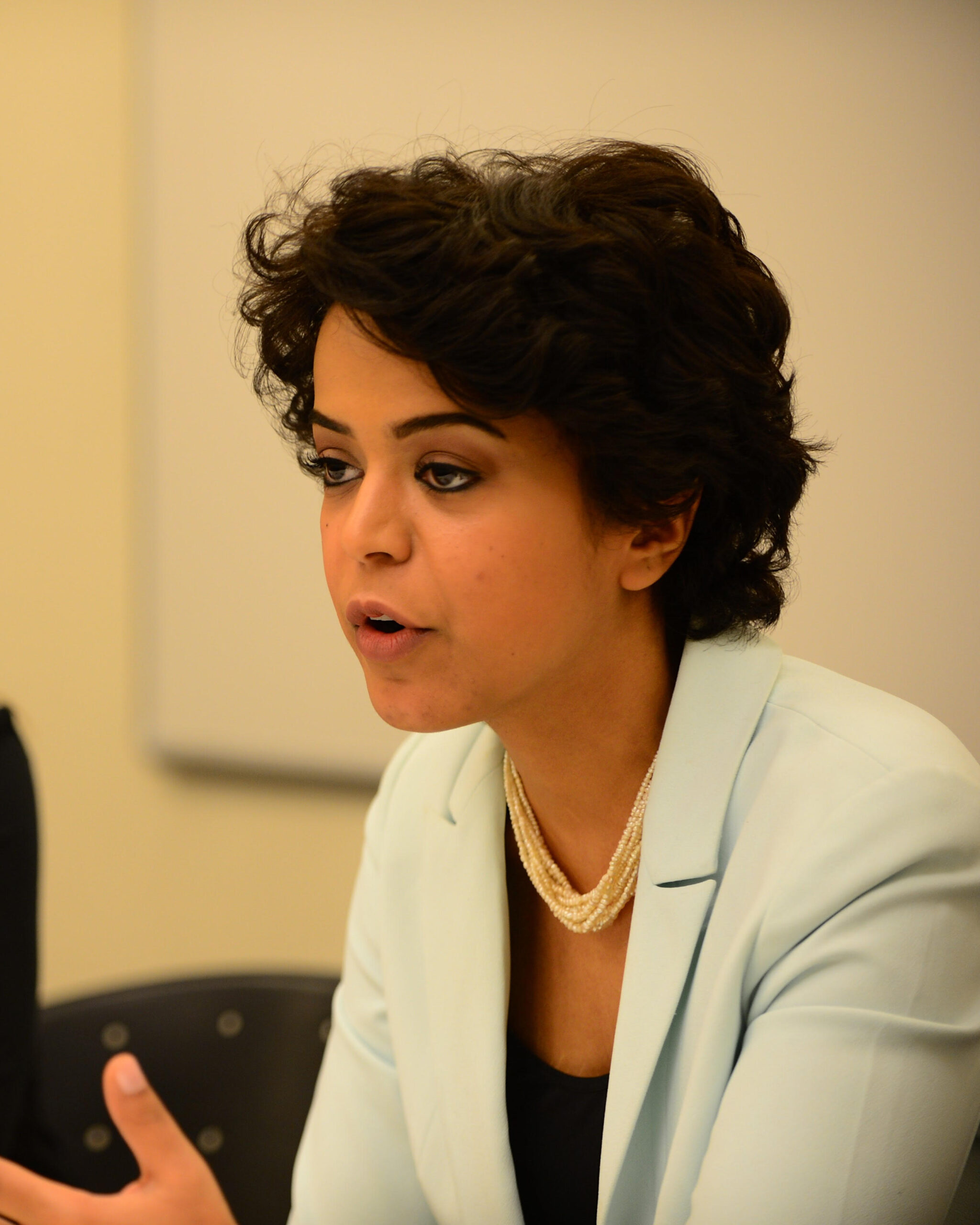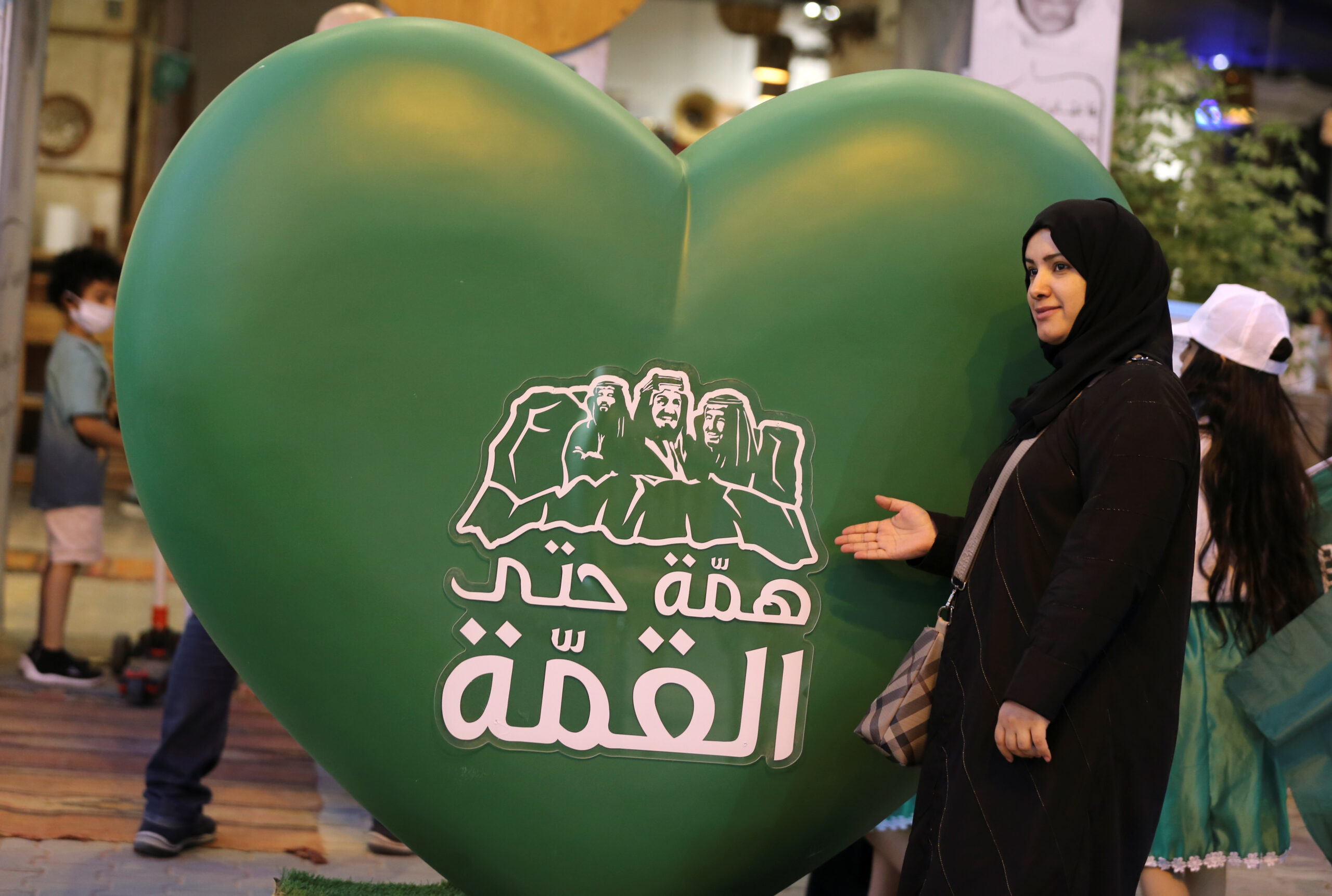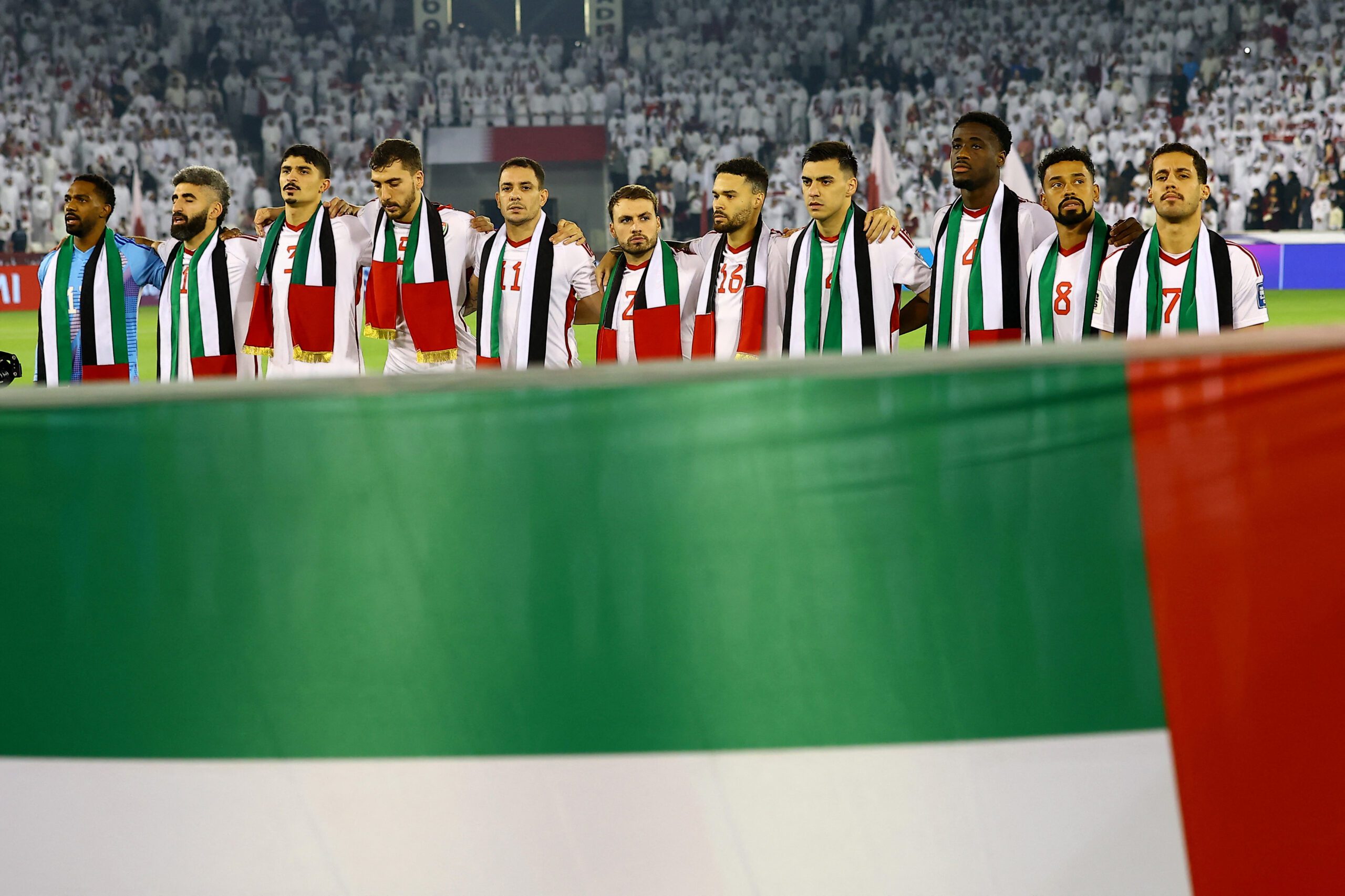The Camel in the Shadow of Vision 2030
As Saudi Arabia seeks to reposition itself as a leading regional and global actor, its embrace of camel diplomacy reflects a sophisticated recalibration of tradition for modern ends.
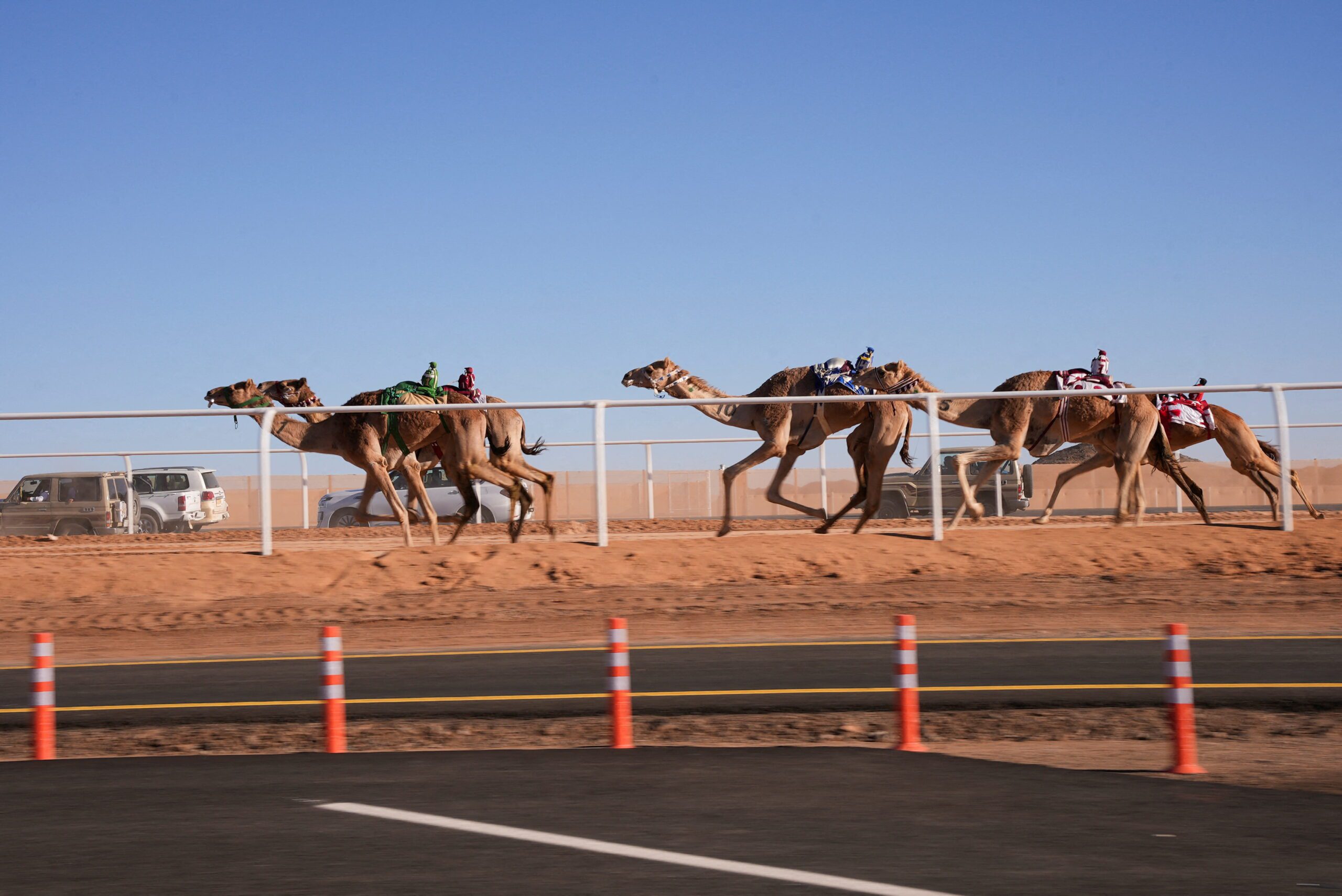
In early September, the highlands of Taif came alive with the Crown Prince Camel Festival, a vibrant annual celebration where thousands of majestic camels, proud breeders, and enthusiastic crowds from across the Gulf Cooperation Council states, Middle East, and Horn of Africa converge to honor a heritage deeply embedded within Saudi Arabia. More than a competition, the festival stands as a living testament to an identity and tradition that have historically been underrepresented in the kingdom’s cultural narrative, part of a tribal heritage pushed to the periphery by the dominant Wahhabi religious discourse. This event also symbolizes a unique facet of the political transformation ushered in by Crown Prince Mohammed bin Salman, with the camel serving as a powerful emblem of strength and legitimacy for many communities across the Arabian Peninsula.
Within Saudi Arabia’s broader national transformation, few symbols encapsulate the intersection of cultural continuity and political utility as effectively as the camel. Traditionally emblematic of Bedouin life, the camel is being deliberately repositioned by the Saudi leadership under Mohammed bin Salman as a strategic instrument to recalibrate national identity, state legitimacy, and international soft power within the framework of Vision 2030. While megaprojects, such as Neom and Al-Qiddiya, capture global headlines, the kingdom’s “camel diplomacy” quietly reveals how heritage is being harnessed to serve geopolitical objectives. Similar to other regional leaders, Mohammed bin Salman is leveraging the camel as a symbol of heritage and strength to consolidate his leadership and project influence across the Gulf and beyond. The kingdom offered more than 50 million Saudi riyals (approximately $13.5 million) in total prize money for 249 races. Big names in camel racing attended, alongside members of ruling families and prominent camel-owning tribes, including Al-Marri, Al-Wahibi, Al-Ketbi, and Al-Dawsari.
Institutionalizing a New Camel Diplomacy
The establishment of the International Camel Federation in Riyadh in 2018, amid a regional diplomatic rupture with Qatar, marked more than a cultural initiative, it signaled a strategic intent to reassert Saudi leadership across Arab and Islamic spaces. The timing was emblematic: The federation emerged in the context of the Saudi-led boycott of Qatar, reflecting the kingdom’s desire to create alternative platforms of regional influence. The continued exclusion of Qatari representation from the International Camel Federation, despite the easing of bilateral tensions after the 2021 Al-Ula summit, underscores the federation’s political undertones.
The International Camel Federation’s November 2024 assembly in Olympia, Greece was a significant symbolic step, aligning traditional Arab sport with the global Olympic movement. This echoed earlier efforts led by Qatar under the Arab Camel Federation, redefining camel racing as not merely a practice of cultural preservation but as a platform for international engagement and soft power projection. That France, the symbolic birthplace of the modern Olympic Games, is among the International Camel Federation’s founding members underscores this global vision. Further, both the Asian and African Olympic Committees have recently recognized the federation, effectively opening the door for camels to enter the Olympic arena. These developments suggest that camel racing is being positioned for future inclusion on the global sports stage.
Heritage and the National Narrative
In Saudi Arabia, camels are increasingly situated at the nexus of heritage, authority, and state-led modernization. While the Al Saud family historically built its rule through the centralization of power and the marginalization of Bedouin tribal structures, camel racing, a key expression of Bedouin cultural identity, remained largely under the informal authority of tribal elders and some Al-Saud princes, operating outside the core of state institutions.
The camel holds deep material and symbolic significance in Bedouin life, serving as a source of mobility, wealth, and social prestige. Despite its cultural centrality, the camel occupied a peripheral position within the dominant Wahhabi religious discourse, which often privileged urban religiosity over tribal practices. However, King Salman bin Abdulaziz and Mohammed bin Salman’s broader strategy of consolidating informal power centers has brought camel-related institutions under state oversight. It is part of a deliberate effort to reframe tribal heritage within a national narrative, aligning cultural expressions once seen as marginal to the state’s official narrative with the state’s evolving vision of modernity and national identity.
The state’s effort to consolidate influence over this domain, once mediated by tribal and religious networks, is clear in the establishment of institutions such as the Camel Club, led by Fahad bin Falah bin Hathleen, a prominent figure from the Ajman tribe and a relative of the crown prince. The state’s instrumentalization of heritage is also apparent in the Crown Prince Camel Festival in Taif as well as the Abdelaziz Camel Festival, which not only celebrate tradition but also reinforce national unity and consolidate elite networks.
Mohammed bin Salman’s use of camel-related heritage also reflects an effort to reengineer the national narrative. The repositioning of Al-Ula, once peripheral in Wahhabi historiography, into a centerpiece of national pride is indicative of this strategy. Its camel traditions, Nabataean archaeological significance, and geographic symbolism make it an ideal site for linking pre-Islamic history with contemporary national identity.
In this context, camel racing has become more than sport, it has become a mechanism of narrative integration. And the high-value prizes awarded at recent festivals, such as the 15 million Saudi riyals (nearly $4 million) won by Qatar’s Al Shahania Camel Racing Stud in April, show how these events also serve as arenas of regional prestige and intra-Gulf competition.
Camels on Screen: Cultural Renaissance and Strategic Representation
The camel’s symbolic reach extends beyond sand tracks into the cultural sphere. Narratives built around human-animal relationships, particularly those central to traditional life, are becoming tools for cultural diplomacy and identity reconstruction. This is clear in the state-backed production of “Hajjan,” a film by Egyptian director Abu Bakr Shawky and co-produced by Ithra about a Saudi teenager and his experience racing with his beloved camel.
This state-driven cultural renaissance seeks to offer an alternative to dominant Western narratives while also recasting Saudi Arabia as a center of regional creativity, heritage, and innovation.
Camels as Economic and Environmental Assets
Beyond cultural symbolism, camels are also being recast as an economic asset aligned with Vision 2030’s goals of sustainability and food security. The Public Investment Fund launched Sawani, a camel dairy brand, with promotional campaigns featuring international celebrities, such as Cristiano Ronaldo, integrating camel-derived products into the kingdom’s public health and diversification strategies. Camel milk, praised for its nutritional benefits and environmental suitability, is positioned as a lower-impact alternative to traditional dairy products in a country facing acute water scarcity. Annual production already exceeds 270,000 tons, and Saudi Arabia’s push to modernize camel farming and expand related industries demonstrates the kingdom’s commitment to building an agri-food sector rooted in indigenous environmental logic.
A Symbol of Power in Transition
The camel, once a peripheral element of state strategy, is emerging as a core symbol in Saudi Arabia’s attempt to reinvent its national narrative, project cultural power, and align economic development with environmental sustainability. Under Vision 2030, the camel straddles the line between continuity and change, tribal identity and statecraft, and cultural revival and geopolitical strategy.
As Saudi Arabia seeks to reposition itself as a leading regional and global actor, its embrace of camel diplomacy reflects a sophisticated recalibration of tradition for modern ends. It is a subtle but significant signal of a kingdom asserting itself not only through oil wealth and futuristic skylines but also through a reclaimed and reimagined cultural heritage.
The views represented herein are the author's or speaker's own and do not necessarily reflect the views of AGSI, its staff, or its board of directors.

